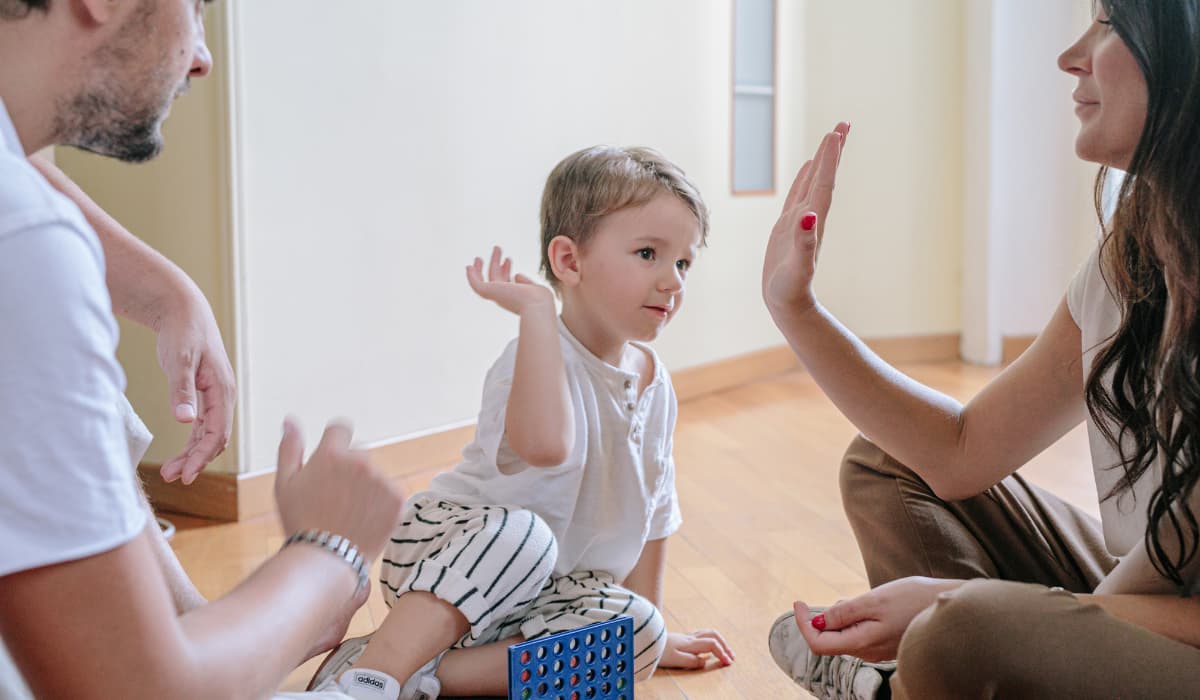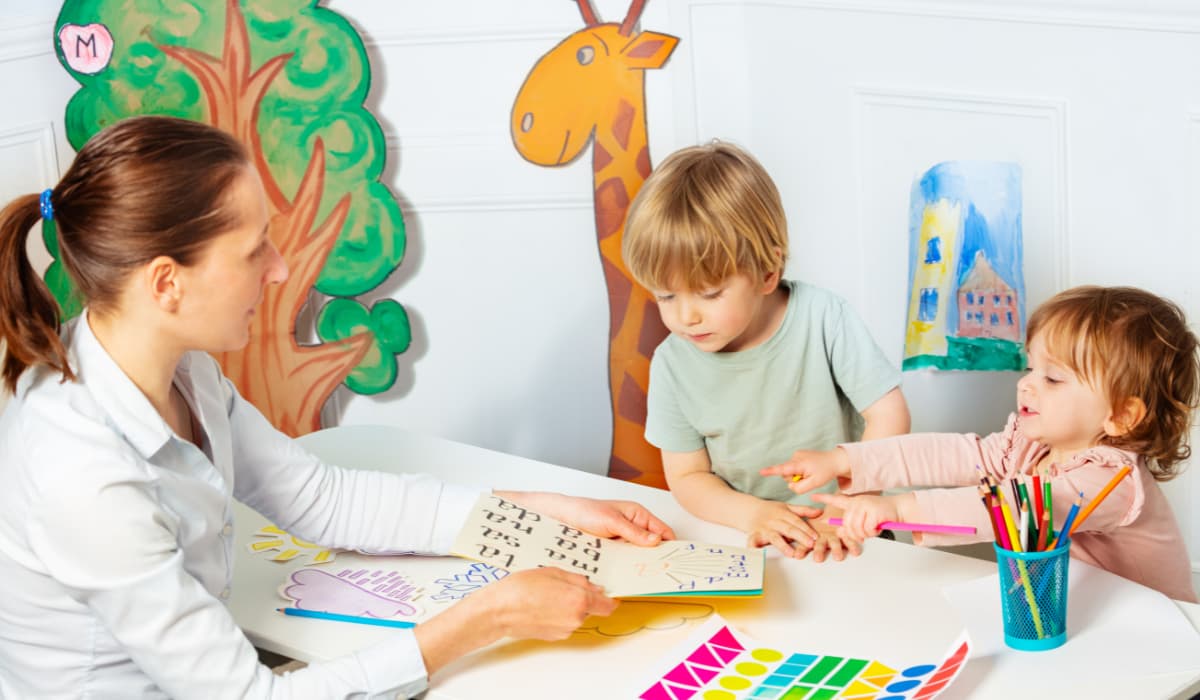Applied Behavior Analysis: Key Concepts and Benefits
When it comes to evidence-based interventions that promote meaningful behavioral change in children, ABA Applied Behavior Analysis stands out as a proven and effective approach.

When it comes to evidence-based interventions that promote meaningful behavioral change in children, ABA Applied Behavior Analysis stands out as a proven and effective approach. This therapy is rooted in the science of learning and behavior, focusing on improving specific behaviors such as communication, attention, social skills, and self-management. Whether provided in homes, schools, or centers, ABA is personalized and data-driven, enabling children to thrive across multiple environments.
In Maryland and other parts of the country, families seeking comprehensive behavioral services are turning to trusted providers who specialize in individualized support programs. This article will explore the foundational principles of ABA, key concepts that guide its application, and the long-term benefits it offers children and their families.
What Is ABA Applied Behavior Analysis?
ABA Applied Behavior Analysis is a therapy based on the principles of behaviorism, developed through decades of research in psychology. It focuses on how behavior works, how behavior is affected by the environment, and how learning takes place. ABA seeks to improve socially significant behaviors through a structured process of observation, assessment, intervention, and evaluation.
What sets ABA apart from other interventions is its reliance on objective data to guide treatment decisions. Therapists use measurable goals, monitor progress continually, and adjust strategies based on how the child responds. This systematic approach ensures that therapy remains dynamic and tailored to the individual’s evolving needs.
Key Concepts of ABA Applied Behavior Analysis
Understanding the core concepts of ABA Applied Behavior Analysis is essential for appreciating how and why it works so effectively.
1. Reinforcement
Reinforcement is the cornerstone of ABA. It involves strengthening a desired behavior by providing a consequence that the child finds rewarding. For example, if a child completes a task and receives praise or a preferred item, they are more likely to repeat that behavior in the future. Positive reinforcement encourages growth, while negative reinforcement involves removing an unfavorable outcome when the desired behavior occurs.
2. Prompting and Fading
ABA uses prompts to guide children toward the correct behavior. These prompts can be verbal, gestural, or physical. Over time, as the child learns the behavior, the prompts gradually fade out to promote independence. The goal is for the child to perform the behavior without any assistance eventually.
3. Generalization
One of the most vital goals of ABA is helping children transfer learned skills across settings, people, and activities. This process is called generalization. For instance, a child may learn to request an item at home and then use that skill at school or in the community. Generalization ensures that behavioral improvements are meaningful and sustainable in everyday life.
4. Task Analysis
Complex tasks are broken down into smaller, manageable steps in ABA. This process, called task analysis, makes learning less overwhelming. For example, brushing teeth can be broken down into steps like picking up the toothbrush, applying toothpaste, brushing each section of the mouth, and rinsing. This allows the child to master each component individually.
Benefits of ABA for Children
The benefits of ABA Applied Behavior Analysis extend across multiple developmental domains. Children receiving ABA therapy often show improvements in communication, social interaction, and adaptive living skills. Below are some of the most notable advantages:
1. Improved Communication Skills
ABA programs often target both verbal and non-verbal communication.
This includes making requests, labeling objects, answering questions, or using alternative communication methods like sign language or picture exchange systems. Enhancing these skills enables children to express their needs and interact more meaningfully with others.
2. Development of Social Skills
Children benefit from structured opportunities to learn appropriate social behaviors like greeting peers, taking turns, and understanding social cues. These skills are often taught during structured therapy sessions and then practiced in naturalistic environments to reinforce learning.
3. Reduction of Challenging Behaviors
ABA therapy helps address behaviors that may interfere with learning or daily life. Through behavior intervention plans (BIPs) developed after a functional behavior assessment, therapists teach children to replace undesirable behaviors with more appropriate ones.
4. Increased Independence
By teaching self-help skills such as dressing, toileting, and eating, ABA promotes independence. This not only boosts the child’s confidence but also reduces the level of assistance required from caregivers in day-to-day tasks.
5. Customized Learning Approach
ABA therapy is not a one-size-fits-all solution. Each child receives a personalized treatment plan that reflects their unique strengths, needs, and developmental level. This customization leads to more effective outcomes.
Role of Families and Caregivers in ABA
Parental involvement is a critical factor in the success of ABA therapy. Parents are encouraged to participate in goal-setting, receive training on intervention techniques, and reinforce skills at home. This collaborative model ensures that progress made during sessions continues outside the therapy environment, creating consistency and accelerating development.
In Maryland, families are increasingly looking for reliable professionals who not only offer expert-led intervention but also empower caregivers with tools and training. The partnership between therapists and families creates a strong foundation for long-term success.
Accessing ABA Services in Maryland
For families in Maryland, finding quality ABA services can feel overwhelming. Fortunately, many dedicated professionals provide in-depth support throughout the state. These programs offer flexible formats such as in-home sessions, which allow therapy to be delivered in the child's natural environment.
Families looking for private ABA therapy Maryland or home ABA therapy Maryland often turn to established providers that offer customized plans tailored to their child's unique goals. The right provider will also coordinate with schools and pediatricians, ensuring that all parties involved in the child’s care are aligned.
While there are many ABA agencies in Maryland and ABA companies in Maryland, choosing the right one involves considering the provider's experience, approach to therapy, qualifications of staff, and commitment to family involvement.
Long-Term Outlook
One of the defining features of ABA Applied Behavior Analysis is its focus on long-term outcomes. Rather than providing quick fixes, ABA aims to create lasting change that supports the child’s lifelong development. Children who receive consistent ABA services often go on to participate more actively in school, family, and community life.
Research shows that early intervention using ABA techniques leads to more significant improvements in skills and behavior. However, ABA is also beneficial at any age, as its flexible structure can be adapted to different developmental stages.
Choosing the Right Provider
When selecting a provider for ABA therapy, families should ask key questions:
- Is the program supervised by Board Certified Behavior Analysts (BCBAs)?
- Are treatment plans individualized?
- How are progress and goals monitored?
- Is parent training part of the therapy?
A quality provider will not only offer answers to these questions but also collaborate closely with the family to ensure the best possible outcomes.
About Us
At Big Dreamers ABA, we're committed to empowering children with autism to reach their fullest potential and lead fulfilling lives. We are a premier provider of ABA therapy services for children on the autism spectrum.
We proudly provide in-home, school-based, and center-based ABA therapy to support children diagnosed with autism who benefit from additional assistance. Our team of experienced professionals is dedicated to evidence-based practice, compassionate care, and measurable progress.
Final Thoughts
ABA Applied Behavior Analysis is more than a therapy—it’s a roadmap to building skills, confidence, and independence for children who need additional behavioral support. By using proven strategies grounded in behavioral science, ABA empowers children to succeed across environments and life stages.
For families in Maryland, accessing expert-led services through trusted providers can make a profound difference in their child’s journey. Whether you're exploring private ABA therapy Maryland options or seeking home ABA therapy Maryland, ensure the provider you choose understands your child’s unique needs and values your role as a parent or caregiver.
With the right guidance, resources, and support, every child has the potential to grow, learn, and thrive—and ABA Applied Behavior Analysis offers the tools to make that possible.
FAQs
What is ABA Applied Behavior Analysis and how does it work?
ABA Applied Behavior Analysis is a scientific approach to understanding and improving behavior. It focuses on how behaviors change over time in response to the environment. Through techniques like reinforcement, prompting, and task analysis, ABA helps children develop essential skills in communication, social interaction, and daily living.
What types of behaviors can ABA therapy help improve?
ABA can address a wide range of behaviors, including:
- Communication (verbal and non-verbal)
- Social interactions (eye contact, sharing, turn-taking)
- Daily living skills (dressing, feeding, toileting)
- Academic behaviors (attention, following instructions)
- Challenging behaviors (aggression, self-injury, tantrums)
The therapy is tailored to each child’s individual goals and developmental level.
How does ABA therapy support generalization of skills?
One of the key strengths of ABA Applied Behavior Analysis is promoting generalization. This means the skills learned during therapy sessions—such as making a request or following directions—are practiced across different environments (home, school, community) and with various people (therapists, parents, teachers). This ensures long-lasting and meaningful behavior change.
What is the role of parents in ABA therapy?
Parental involvement is essential in the success of ABA programs. Parents are:
- Trained to reinforce strategies at home
- Included in therapy goal-setting
- Encouraged to attend team meetings and track progress
- This collaboration helps extend progress beyond the therapy sessions and fosters consistency across environments.
Is ABA therapy available in-home for families in Maryland?
Yes, many providers offer home ABA therapy Maryland services. This format allows children to receive support in the comfort and familiarity of their home environment. In-home therapy also enables therapists to observe natural behaviors and address real-life challenges more effectively.
How is progress measured in ABA therapy?
Therapists use data collection and analysis to monitor a child’s progress. Every session includes specific goals, and the child’s performance is recorded and reviewed regularly. This data-driven approach allows for continual adjustment of therapy strategies to ensure effective outcomes.
Recent articles

How ABA Programs Improve Social Understanding and Friendship Skills
.jpg)
What Parents Should Know About Choosing Home ABA Therapy
